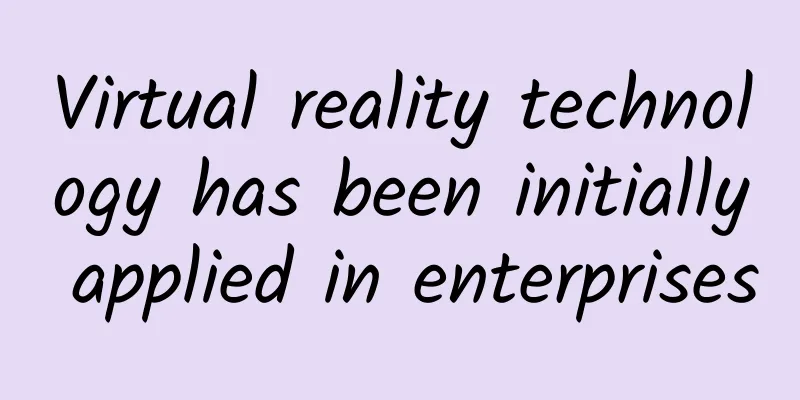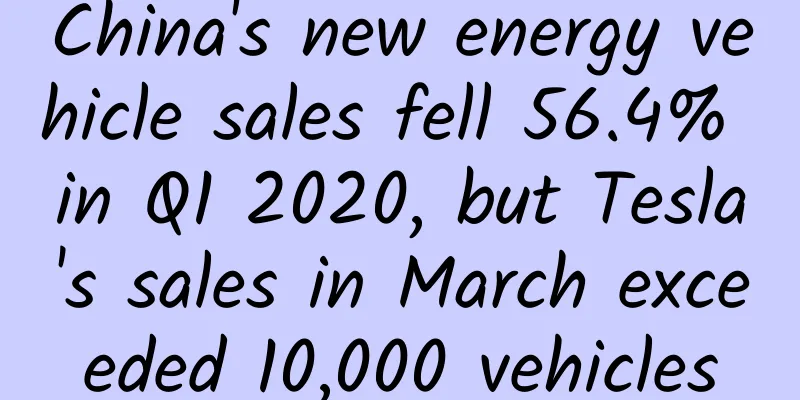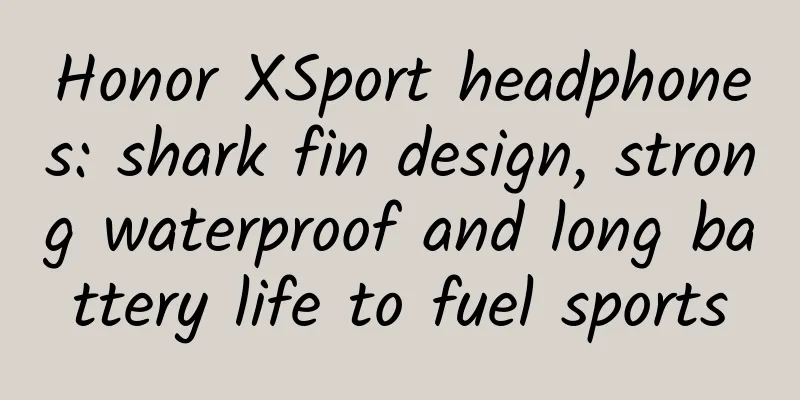Virtual reality technology has been initially applied in enterprises

|
Virtual reality-based prototyping and simulation solutions can help companies save up to millions of dollars in operating expenses. The rapid growth of the mobile sector has brought unexpected and significant benefits - significantly reducing the production costs of motion sensors, screens and processors and greatly improving their product quality, all of which has further ushered in a new era of development of virtual reality technology. Systems that were once available only to the largest manufacturers or government militaries are now affordable enough to be used alongside many consumer technologies, and many companies are already reaping the rewards of this historic opportunity. When it comes to virtual reality, the first thing that comes to mind is virtual prototyping, which allows safety inspectors, designers, review engineers and customers to observe preliminary designs of buildings, tankers, factory floors, store shelves and the latest car models in a large virtual environment. Ford Motor Company, for example, has long used VR to build prototypes and simulations, but the new wave of VR has greatly expanded the scope of what can be done with it. Let’s take Ford’s Immersive Virtual Environment Lab as an example. As one of the many institutions under Ford that use virtual reality technology, they recently added the Oculus Rift virtual reality helmet device to their virtual reality platform. The function of this equipment is to combine the car shell, seats, steering wheel and other components, and adjust their positions to adapt them to the spatial layout of the prototype car design. "If you look at this frame directly, you will definitely think that the vehicle is still in its infancy and many parts are not yet in place," said Elizabeth Baron, head of the lab. But when engineers sit in the car seat and wear virtual reality helmets, they can almost feel all the design results inside the prototype as if they were there.
Elizabeth Baron shows how Ford is using Oculus Rift for vehicle design. “We put a gas pedal, brakes, steering wheel, doors on the prototype, and everything you can touch is real,” Baron explained. “But when you look around, you’ll see other design effects that are built from virtual data. This is where Oculus comes in and shines.” Oculus Rift is a head-mounted virtual reality display device that raised $2.4 million through the Kickstarter crowdfunding website in 2012, and then Facebook acquired the company for a staggering $2 billion earlier this year. The Oculus Rift isn't officially available yet, but the company has released developer kits for $350 each, and has sold more than 100,000 of them. The device combines a high-resolution screen with motion sensors that track where the user is looking, and a set of lenses that extend beyond the plane of the screen, thus covering most of the user's visible area. The net effect is that the Oculus Rift provides convincing visuals that make the wearer think they are in a virtual world they've never seen before. "I'm personally excited about what Oculus is doing with spatial awareness and the potential for a broad market with low cost," Baron said. "I can't say enough good things about this product. The benefit to Ford is that we're well positioned to go from VR headsets to the next level because we have a solution that uses a variety of different display technologies." Another virtual reality system is called CAVE (Computer Aided Virtual Environment), which is actually a complete room with huge display screens on three walls and the ceiling. Users need to wear stereo glasses to observe the holographic 3D imaging effect similar to real-life volume in the room, while engineers can walk around freely and observe the imaging objects in detail. A third system lets users walk into a large open space, with the system tracking their real-time location. "We can put a display model of a super-heavy truck like an F-250 into this environment, and you can see it from all angles at life-size scale," Baron told us. "It's like a verification tool for us to see what we're producing and need to deliver to our customers. This solution is really important to our product development process." Another virtual environment allows engineers to dial in different lighting effects to see how a product will look in direct midday sunlight, on a cloudy day with hazy light, at dusk, or under streetlights. In addition, virtual environments can also improve remote collaboration experiences, she said. “We have also set up a virtual space in Australia, so as long as our colleagues there turn on the immersive function together with us, we can meet each other in the same virtual environment and communicate directly,” she pointed out. “We can easily ask each other to ‘look here, look there’.” Virtual reality also allows Ford to build more prototypes, a number that would have been unimaginable in the past when physical assembly was required. “It was impossible to build thousands of prototypes in the past,” she stresses. “We could only make a few that we could. And we didn’t have the flexibility in the physical world that we have in the virtual world to thoroughly examine every aspect of a product. Now we can use this kind of technology to make more informed choices about how to make it a physical product, which can significantly reduce the time and cost of a company.” Ford is expanding its use of VR, she added. “We’re actually creating another virtual space in Dearborn, Michigan, just for production processes,” she noted. “We’re already running this lab at capacity. We can’t get more work done every day than we need. That’s a testament to the value of VR.” Ford also uses virtual reality technology to conduct assembly simulation training in the manufacturing process, hoping to help workers understand and master the various characteristics of the car, thereby better ensuring their health and safety. “We also have a driving simulation, another VR application, where we have people who have been up all night get in the car and do some tasks,” she explains. “Then we analyze their actual performance to see how it compares to people who have just woken up and had a cup of coffee.” Other manufacturers are also upgrading their virtual prototyping equipment, hoping to quickly move from simple 3D image displays to truly immersive virtual reality systems brought by Oculus Rift and other similar devices. For example, several medical device companies have become early adopters of virtual reality technology, said Jeremy Duimstra, a professor of user experience at the University of California, San Diego and CEO and creative director of MJD Interactive in San Diego. The company counts Disney, Red Bull, Procter & Gamble and Titleist as clients. “Being able to deeply explore your product in a virtually interactive way during the design phase without having to build anything physical… provides a much wider scope for innovation,” he noted. In addition, virtual reality technology has helped companies save the material consumption and labor costs required for hundreds of prototypes. "Build products virtually, test and iterate them, and only start physical construction after confirming that everything meets the requirements," he said. #p#
Jeremy Duimstra Environments that could cause physical harm to employees can also find good solutions using virtual reality technology. "Our oil and gas clients are definitely interested in the possibilities here," said Mary Hamilton, head of Accenture's digital experience research and development group. Immersive virtual reality solutions allow people in other locations to go to some hard-to-reach facilities and refer to X-rays or reference diagrams that are impossible in real life. This low-risk, low-cost way is particularly suitable for training new employees. VR’s role in marketing is also expanding, she said. For example, low-cost head-mounted displays can provide customers with immersive experiences instead of dealers—whereas building a large-scale model of the real thing would cost hundreds of thousands of dollars. Manufacturers can use this technology to provide virtual stores to key sales teams, and customers can even directly interact with different shelf layouts and view new products placed on them. “This will greatly reduce the implementation cost of display solutions, allowing companies to provide customers with more personal experience more widely,” she pointed out. The Second Wave In the 1990s, the VR boom came and went. Movies like Lawnmower Man, devices like the Nintendo Virtual Boy, and VR arcades made the concept popular, but The Matrix was released just as the boom was fading. Ten years into the process, it was clear that the technology was too expensive and the devices were too cumbersome. On top of that, the image quality was terrible, and the latency and idiotic head tracking often made users feel dizzy and sick. In this case, virtual reality technology is limited to a small number of high-end and targeted applications, such as simulation training for the military, visual effects in movies, and process training in manufacturing, oil and even medicine, explained Jacquelyn Ford Morie, a former virtual reality technology expert at the University of Southern California's Institute for Creative Technologies. In fact, medical staff have been using virtual reality therapy for more than a decade to help post-stress disorder and burn patients relieve the pain caused by it. “We’re seeing the second rise of VR,” Marie points out. “The difference between then and now is that VR is affordable now. Instead of $30,000 for a headset, now you can get one for $300.”
Jacquelyn Ford Morie is the founder and chief scientist of All These Worlds, a virtual environment consulting and development firm based in Los Angeles. Such technologies are more widely available today than they were 20 years ago, she added, and more companies are creating content tailored to the new VR platforms. Her own company has created several apps for virtual environments for NASA and other corporate clients. “What we’re doing is like building different types of virtual worlds to help astronauts perform better on long-duration spaceflight missions,” she said. To date, most companies' VR solutions exist only within business environments, she said. In the future, the technology may gradually move to the consumer market and usher in new changes, and she expects more projects targeting consumers to emerge. “If everyone has a 3D headset, there’s no reason not to develop more new products for it,” she explains. “Creating more evocative and immersive 3D ads, like promoting a new snowboard that lets users really feel what it’s like to be on the mountain.” Original link: http://www.networkworld.com/article/2834931/software/virtual-reality-gains-a-small-foothold-in-the-enterprise.html |
<<: Mac EFI exposed a major security vulnerability that spreads through Thunderbolt devices
>>: Detailed explanation of four loading methods of Android
Recommend
Cailianshe Selected VIP Column – All-Weather Investment Trends 2022
Cailianshe Selected VIP Column – All-Weather Inve...
Why do non-smokers also get lung cancer?
According to the World Cancer Report 2020 release...
To prevent bleeding, redness, swelling and atrophy of gums, is it enough to add amino acids to toothpaste?
"Toothache is not a disease, but it is reall...
Create a legend in the sky "Dragon Trainer" first test experience
Screen: operate: Sound Effects: Plot: Experience:...
Apple wants the iPhone to replace your passport, driver's license and other IDs
Apple's goal is to make the iPhone the only t...
Graphics card says goodbye to external power supply PCI-E 4.0 supports up to 500W
During the Intel IDF conference, we saw some comp...
Product Operations: 10 Practical Strategies for Attracting New Users!
Nowadays, in an era where traffic is king, the co...
Chimelong breeds the world's largest population of monkeys
On December 1, Chimelong Safari Park launched the...
Using pig blood for preservation and minerals for coloring? What are the scientific mysteries of the ancient buildings on the central axis?
On July 27, 2024, "Beijing Central Axis - a ...
I believe my friends recommend Changsha to have a good place to drink tea with high quality selection and takeaway.
Changsha High-Quality Tea Tasting Selection (185~7...
Taking "The Debaters" as an example, how can content products become anxiety decoders for Internet natives?
A content product should be consumed by users and...
Once extinct in the wild in China, now "reborn" in their homeland! What have they experienced?
In a wetland at Beijing's Nanhaizi Milu Park,...
Attention! If this kind of liquid flows out of your nasal cavity, it may be that your brain is "leaking"
Tuchong Creative In daily life, when we make mist...
Baozige OBS + partner gameplay + quick tagging + fish farming
Baozige OBS + partner gameplay + quick tagging + ...
How to make information flow video ads more efficient?
Some advertisers have already reaped the benefits...









